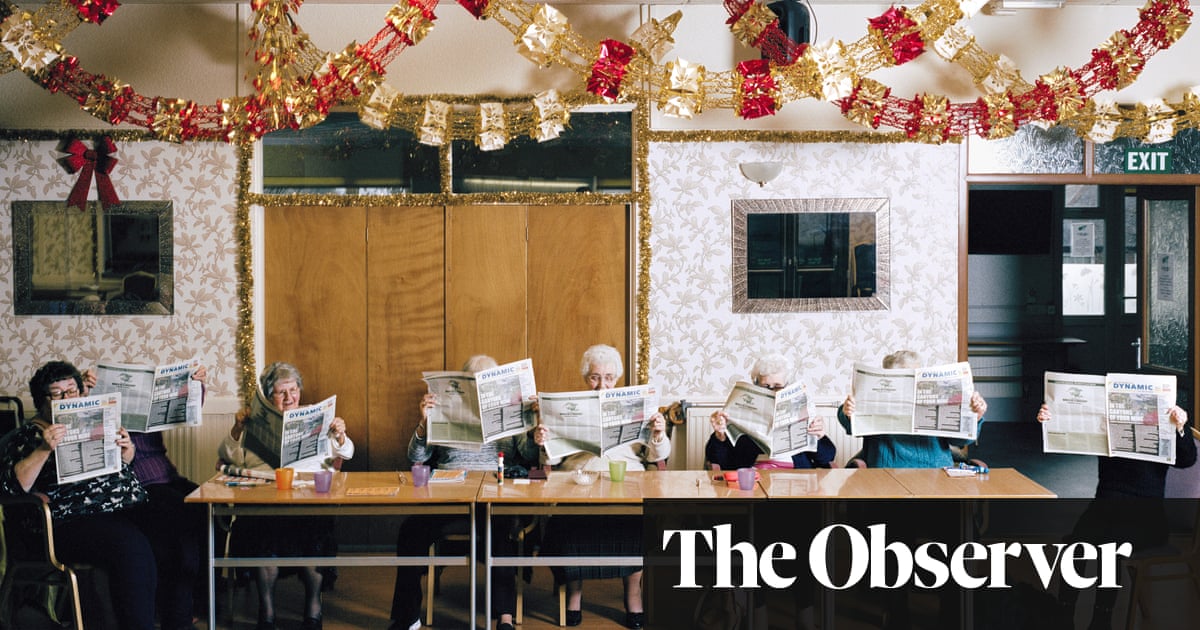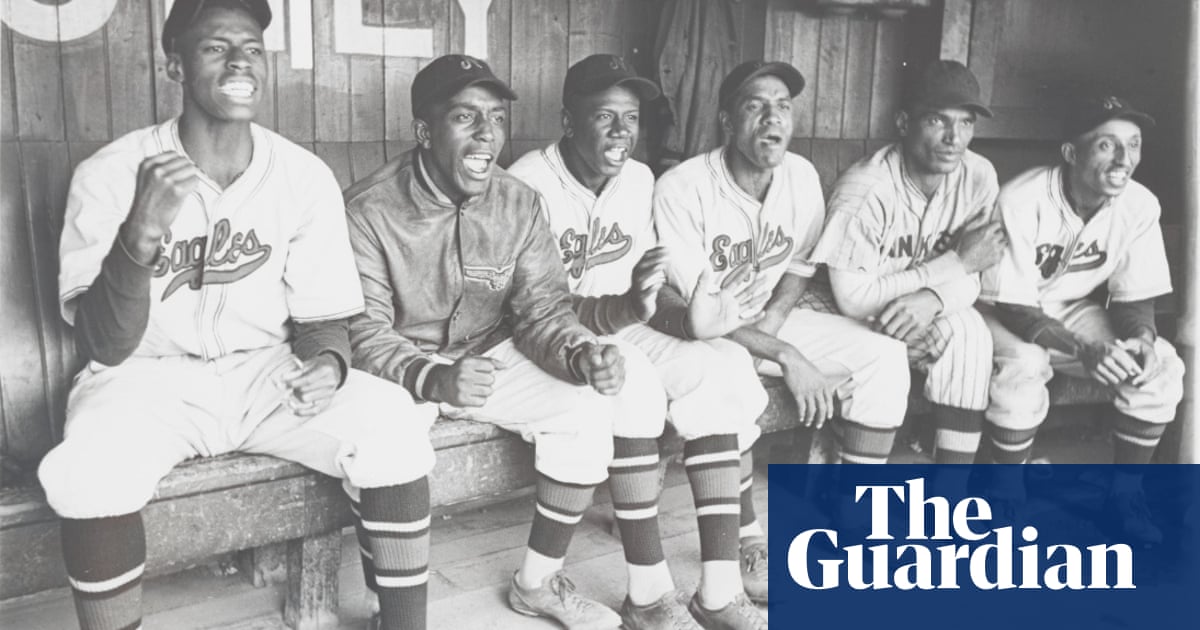
The Abertillery and Ebbw Valleys Dynamic launched in 2015. The fortnightly newspaper was conceived by two local men, Tony Flatman and Julian Meek, who met in the library one quiet afternoon and got talking. They were both men of letters: Flatman had written reports on economic subjects, “the Channel tunnel and so on”, and Meek was a poet and one-time mayor of the town, with a bit of a newspaper background, having once worked as an editor’s assistant on regional papers. “I was very much in the old-school journalist tradition,” he says, “start at the bottom and end up at the bottom.” Chatting, they bemoaned the absence of any news coverage of the town – the Cardiff and Newport papers had long since given up offices in this corner of the valleys – and they thought there might be a niche for a paper that told heartfelt local stories with a bit of a smile on its face. “In London terms,” Flatman says, “we thought somewhere between the Guardian and Private Eye.”
The Dynamic was launched into the teeth of the digital revolution in print media. Meek taught himself basic layout skills, though once or twice the printers had to inform him he had run over the margins; Flatman resisted the march of technology. “I would write longhand,” he says, “and read it out to Julian who would type it up.” They were helped, they think, by the fact that Flatman was an early riser and Meek worked late nights. In that sense, the Dynamic never slept. They divided roles between themselves. Meek was in charge of editorial direction and news and humour and production; Flatman took on business and sport and “the commercial side”. At its peak the Dynamic was shifting 5,000 free copies, though distribution was problematic: “The streets are very narrow here, you stop for five seconds and there’s a big jam,” Meek says. “I had a van, but I’m not agile.” Financing, which originally came from Flatman’s savings, was also a challenge. “The consensus was, we were a great cultural success,” Meek says, “but a total financial disaster.”
Sebastián Bruno, a young Argentinian-Spanish photographer who was living in Abertillery with his girlfriend after studying in Newport, picked up a copy of the Dynamic on a pub table in 2015. He enjoyed the regular features so much – the page 3 Sheep of the Week, the no-holds-barred pub reviews – that he put himself forward as staff photographer (unpaid). He documented the Dynamic’s passage through the turbulent Brexit years – Ebbw Vale and Abertillery were among the biggest leave areas in Britain, though the paper followed a firm remain line – and made a BBC film about the duo’s efforts to keep the paper afloat. This week, a book and exhibition of Bruno’s photographs of the Dynamic will be launched at Martin Parr’s gallery in Bristol. A choir from Abertillery will be providing the entertainment.
Meek and Flatman are rueful about the paper’s demise – under mounting costs it ceased printing in 2017 and bold plans for a relaunch were scuppered by Covid. They bristle a bit about criticism that the paper received. “Most people really enjoyed it,” Flatman says, “but a few people said we used too many long words.” Meek is unapologetic. “We employed old-fashioned school-book English,” he says. “I don’t see why something shouldn’t be grammatical, and make sense, and not be readable by anyone.”
There were some notable scoops. On one occasion a party of local children on a school trip were briefly caught up in a hostage situation in the US. The news came through at 9.50pm, when Meek was just putting the paper to bed and hoping to catch the last bus home. “There was no choice really,” he says. He put in the calls to the States from the office landline and remade the front page. Most of the news was less dramatic, the ups and downs of community, which the Dynamic enlivened with an edge of satire. From the outside, the lives of people in Abertillery are often reported, if they are reported at all, in terms of crime or deprivation, Meek suggests. “The great thing about the Dynamic was that it could report on the mundane, reflect it back in a way we could delight in, or sometimes suffer along with,” Flatman says. Meek agrees. “You need something where people can sense bit of generosity towards their own lives… rather than have another theory fired into their head from the internet.” The Dynamic remains at rest for the present, but its proprietors haven’t yet given up hope of a return by popular demand.
The Dynamic runs at the Martin Parr Foundation, Paintworks, Bristol from 20 April to 2 July. An accompanying book, The Dynamic, is published by ICVL Studio












